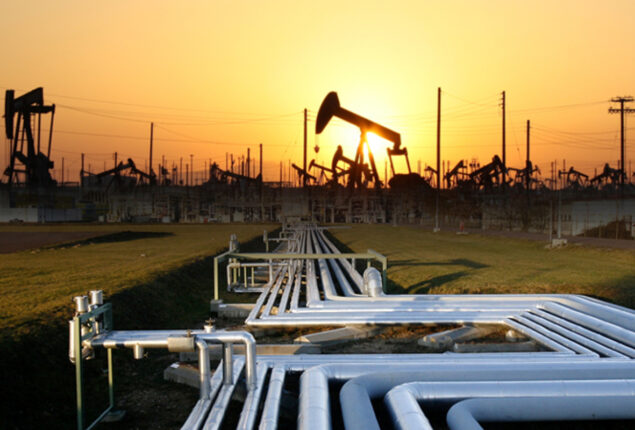FBR clarified misinformation about money declaration obligations
Some sections of the press have generated the false impression that Pakistan...

According to the Pakistan Institute of Development Economics (PIDE), indigenous oil reserves would be depleted by 2025; however, present gas reserves will last for a maximum of 15 years.
Because of the substantial governmental presence in all activities in the supply chain, the Oil and Gas Regulatory Authority (OGRA) remained captive to government decisions. According to the newest research brief on “Gas Crises in Pakistan” produced by the Pakistan Institute of Development Economics (PIDE), the OGRA statute provides for too much mandatory government involvement in the current oil and gas regulatory structure, rendering the regulator weak.
Natural gas and imported LNG account for more than 40% of the country’s current energy mix, which includes gas resources used in power generation. In recent years, Pakistan’s demand for gas has skyrocketed. However, gas exploration and production have fallen, and the LNG operational and regulatory framework is ineffective, resulting in a countrywide shortage and higher supply costs.
According to the PIDE, 15 gas exploration and production companies operate in 55 gas fields across the country. Sui Northern Gas Pipeline Limited (SNGPL) and Sui Southern Gas Company Limited (SNGCL) own and operate the majority of the gas distribution and transmission infrastructure. In Pakistan, the gas exploration/production and distribution/transmission industries have little competition.
According to PIDE research citing OGDCL, Pakistan’s indigenous oil reserves are expected to be depleted by 2025. Current reserves, however, will only last 15 years if consumption remains at current levels by 2030.
According to PIDE data, 78 percent of Pakistani households do not have access to natural gas. Natural gas consumption in the domestic sector has increased by approximately 11% throughout the years. Gas distribution to households necessitates large investments.
The cost of supplying gas to households is significantly higher than the cost of supplying gas to industry or the power sector. Policy on gas allocation has remained centred on political priorities rather than the goal of increasing value creation. Low gas costs and inefficient gas allocations have fueled increased demand.
Pakistan accounts for 0.8 percent of global production with 30.6 billion cubic metres of natural gas. The brief highlighted that there is a fast growth in gas demand in Pakistan, however due to inadequate distribution of natural gas resources, Pakistan is facing a massive gas shortfall. PIDE stated briefly that significant areas of the country remain unexplored due to security concerns and the state of law and order.
According to the PIDE study, the Pishin basin in Balochistan is a valuable block. However, because to a law-and-order issue, no exploratory activity in this basin is currently occurring. All activities in Pakistan’s gas sector, whether directly or indirectly, are under government control.
In 2002, an independent regulator was established to oversee mid- and downstream activity. Nonetheless, it remained subject to government choices due to the substantial state presence in all supply chain activities. The OGRA statute mandates far too much government involvement in the current oil and gas regulatory structure. As a result, the regulator is impotent.
Government meddling in the activities of service providers has resulted in cross-subsidies and an overall deficit in the gas sector. The circular debt in the gas sector has surpassed Rs1.5 trillion, with contributions from both SNGPL and SSGCL.
Government anomalies in regulatory frameworks and poor policy design are impeding sectors growth and causing supply chain inefficiencies. Bottlenecks include politically influenced allocations and monopolistic company operations.
Catch all the Business News, Breaking News Event and Latest News Updates on The BOL News
Download The BOL News App to get the Daily News Update & Follow us on Google News.